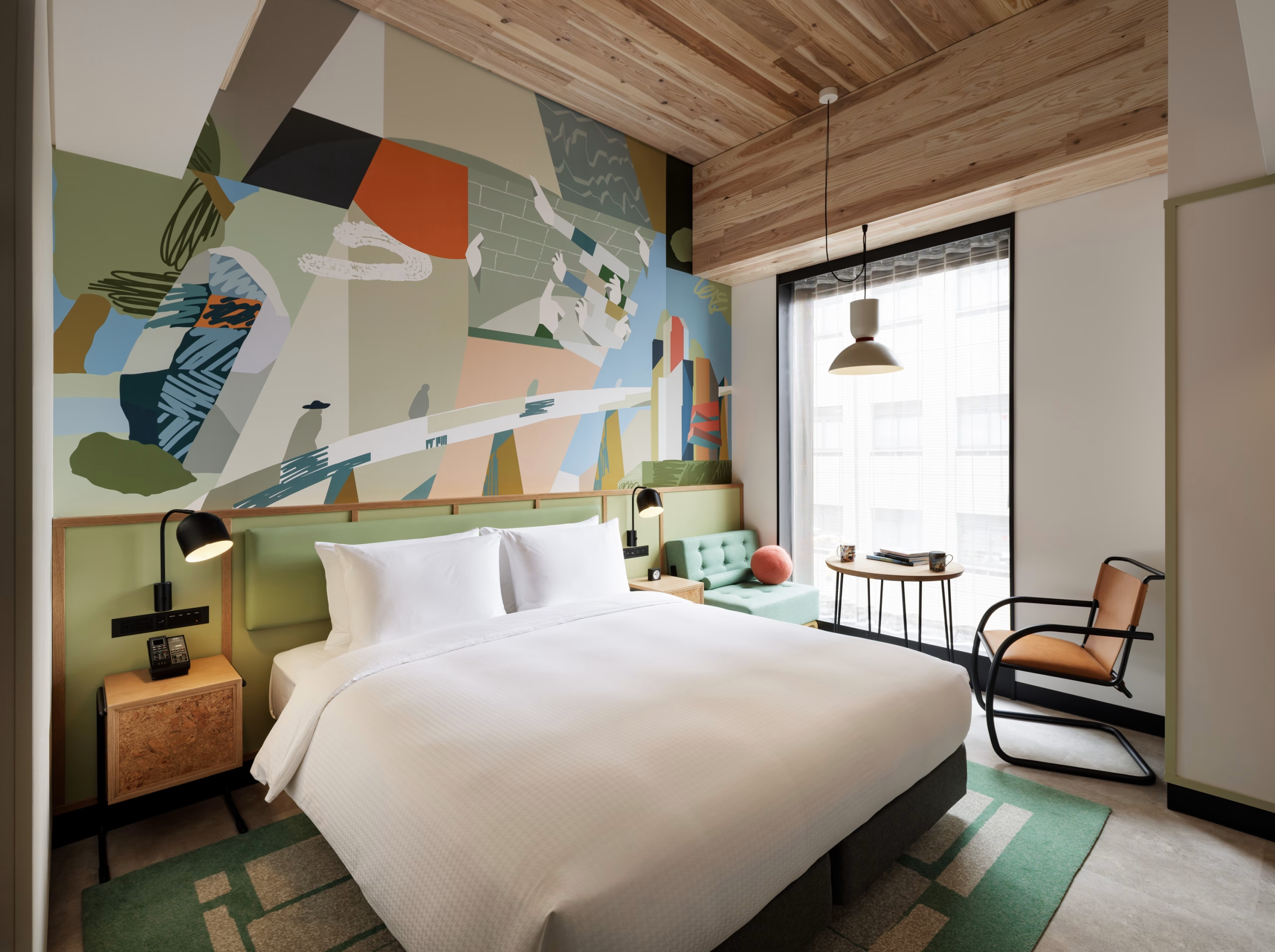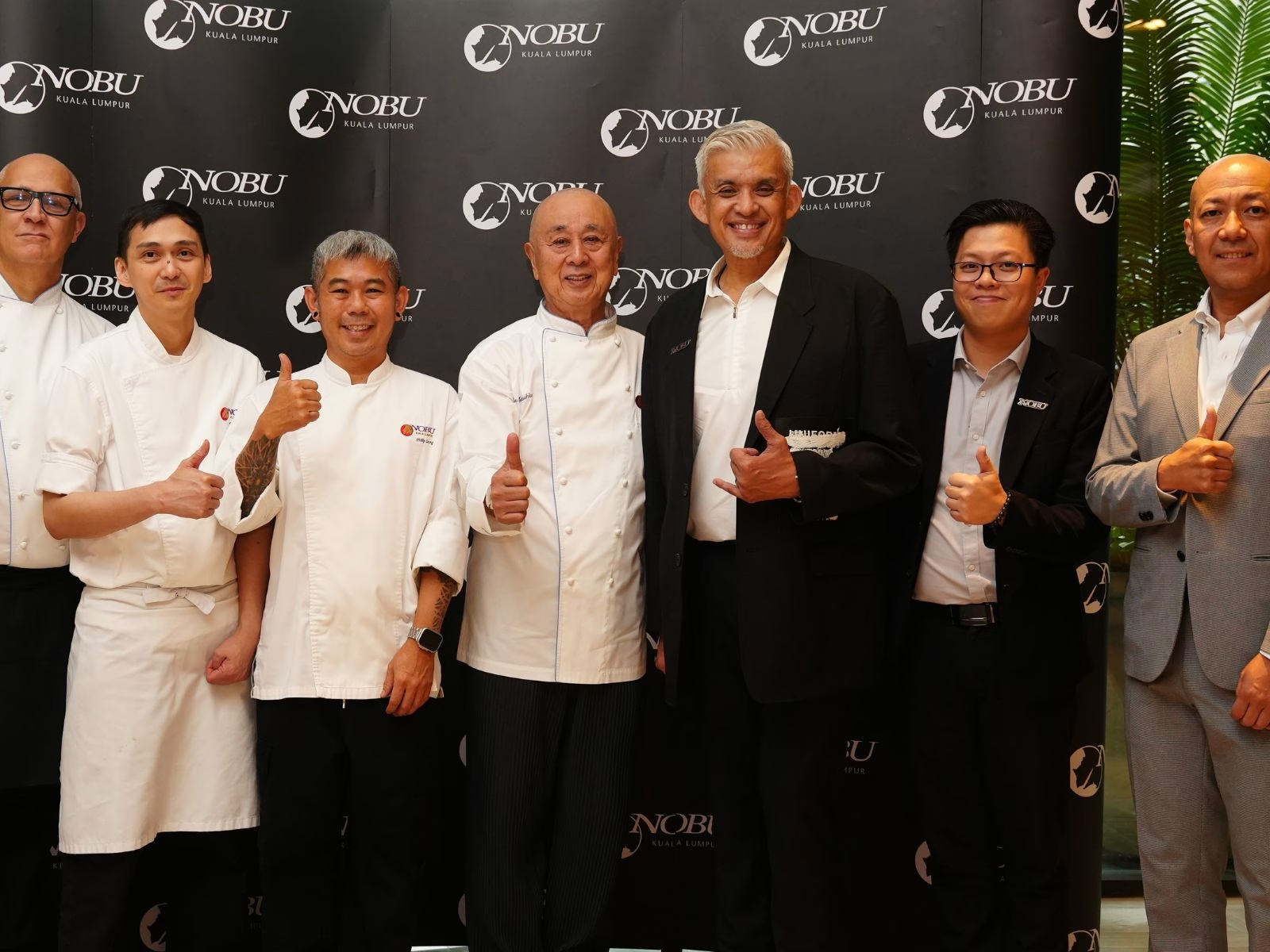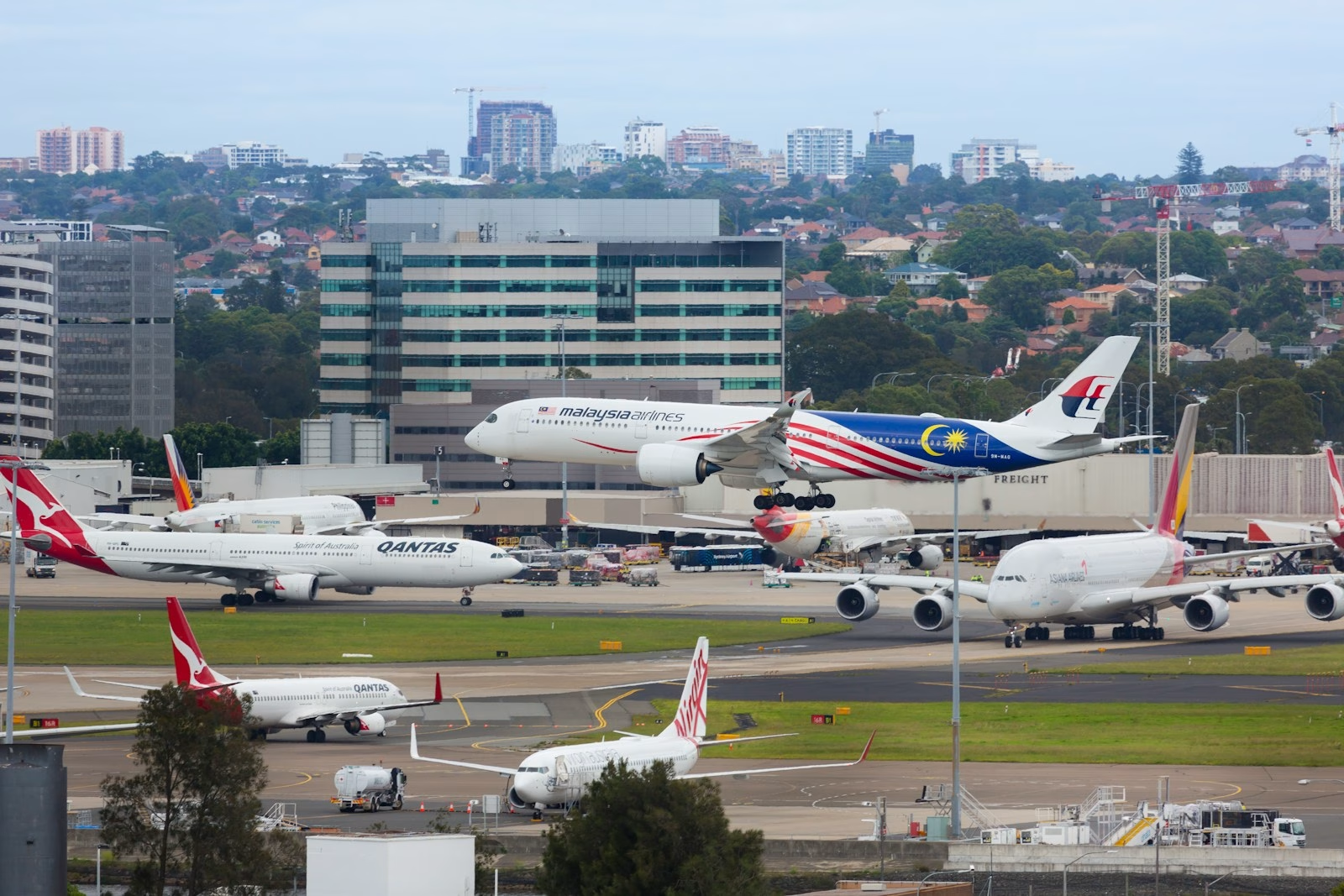
Travel in Time: Journey to Revisit the Past in a Modern Enclave
|
In a rapidly changing world, most countries have to stay on top of their game by redeveloping and revitalising mature areas into modern townships. Singapore, a city that is known for its modern urban planning is no exception. Since it gained independence 50 years ago, Singapore has been relentless in its pursuit of urbanisation for the comfort of its own citizens and travellers like you and me. Most travellers would be pleasantly surprised to discover that despite the urbanisation, priceless landmarks like street hawkers, old roads, precincts and buildings have been conserved in the preservation of their heritage. As such, there is much to be discovered in this thriving and modern city that is rich in heritage – be it dining, visiting a museum or simply engaging in a cultural programme – just across the causeway. |
| Go on a Cultural Tour around the Katong and Joo Chiat Trail |
 |
|
Blast from the Past Joo Chiat Road started off as a simple dirt track that linked plantations to the sea in the 1920s. It was named after Chew Joo Chiat, a wealthy landowner and philanthropist who bought over the large plots of land in Katong and was known as the “King of Katong”. In the 1920s and 1930s, many communities moved eastward out of the city centre to make Katong/Joo Chiat their home – most of them were of Peranakan and Eurasian descent. This resulted in bungalows, shophouses and places of worship steeped in their culture. To retain its rich architect and heritage, over 700 buildings in the area have been conserved. |
| Go on a Local Food Tour around Katong/Joo Chat Trail |
 |
|
Foodies will be happy to know that Katong/Joo Chiat is particularly well known among Singaporeans for their food trails that will take you through traditional kopitiams (coffee shops), Peranakan Dining Institutions and multi-ethnic eateries. A few eateries to look forward to during the food trail: Take a tea break at Chin Mee Chin Confectionary A spicy affair at 328 Katong Laksa Dine at Tian Tian chicken rice A sweet affair at Strictly Pastry Taste of Yesteryears at Gourmet Basics at the Immigrants Gastrobar After all that eating, it is always a good idea to walk off some of those calories before your next meal by visiting some of Katong/Joo Chiat’s attractions such as: |
| Discover’s Katong’s colourful past at the pre-war shophouses along Koon Seng Road |
 |
|
Get your Instagram ready when you stroll alongside Katong’s colourful shophouses along Koon Seng Road. The colourful pre-war shophouses reflect strongly upon Singapore’s rich Peranakan culture. |
| Embrace the Peranakan culture at the “accidental museum”, The Intan |
 |
|
It is always interesting to learn more about the rich culture and heritage of the Peranakans as they had a major influence on the development of the Katong/Joo Chiat precinct. Learn more about the Peranakan culture and its heritage with a visit to the “accidental” private museum at the Intan by Peranakan-born Alvin Yap. Visitors may taste home-cooked Peranakan food by opting for tea or dinner at the museum. |
| Discover Singapore’s Oldest Gem, Telok Ayer Street |
 |
|
Blast from the Past Immerse yourself in the colourful past of the Telok Ayer Street |
| Cultural Stay at the “Old Meets New, East Meet West” Amoy Hotel |
 |
|
The Amoy Hotel is definitely a cultural experience on its own. It is linked to the Fuk Tak Chi museum, which used to be Singapore’s first temple built in 1824 before it was restored into a museum. Amoy Hotel, on the other hand, was built from a collection of conserved shophouses that existed over 170 years ago, with Chinese-themed detailing throughout the hotel. The rooms are named after Hokkien surnames like “Chen” and “Huang” in memory of the Chinese immigrants who were mostly of Fujian descent and hailed from Amoy, China (which was what the hotel was named after). Guests will also be greeted with hotel receptionists clad in Chinese costumes, to complete the experience. |
| Visit the architectural masterpiece, Singapore’s oldest Hokkien temple – Thian Hock Keng Temple |
 |
|
An important part of Singapore’s Hokkien Chinese immigrant history can be found in the Tian Hock Keng Temple. Built in 1839 by the Hokkien clan, the temple was initially created to house the clan’s office and serve as a meeting venue. It was completed in 1842. Details of the temple’s history were recorded in granite tablets on the wall inside the entrance hall. The temple even attracted the attention of no less than the Qing Dynasty Emperor Guang Xu, who presented a calligraphy plaque inscribed with the phrase ‘bo jing nan ming’ (波靖南溟or ‘Gentle Waves Over the South Seas’ in Chinese) in 1907. It is now permanently exhibited at the National Museum. Built in a traditional southern Chinese architectural style, the Thian Hock Keng Temple’s structure was assembled without nails and comprises of an architectural masterpiece of stone, tiles, woods dragons and phoenixes, intricate sculptures and imposing columns. Its long-standing history has led the government to gazette the temple as a national monument in 1973. It has also been awarded some of the most prestigious architectural awards, including the UNESCO Asia-Pacific Heritage 2001 Awards for the Cultural Heritage Conservation Building. Food choices are also aplenty at Telok Ayer Street. From famous hawker centres to modern cafes, you will be able to satisfy your craving along this street full or rich heritage. Dine at Telok Ayer Market, also known as the infamous Lau Pa Sat Kick back and Relax with a Leisure Cup of Coffee at Sandwich café, Sarnies |
| Revel in the Nostalgic Charm of Tiong Bahru |
 |
|
Blast from the Past Initially, in the pre-world war years, few could afford to live in Tiong Bahru and it became a place for the rich and powerful to keep their mistresses. After the world war, the houses became affordable and more people could live there. Nowadays, Tiong Bahru has transformed into becoming a hip neighbourhood for families and young people alike. Something for the kids at Woods in the Books Quirky shopping at Strangelets Café brunch at PoTeaTo Dine to a daringly different culinary experience at Ikyu |
| Take a walk on one of Singapore’s most vibrant street – Little India |
 |
|
Blast from the Past |
| Explore the rich history of the Indian culture at Singapore’s Indian Heritage Centre |
 |
|
One of the key attractions this year is the newly built Singapore Indian Heritage Centre (IHC) that is set to officially open next month. Embrace the rich history of the early Indian settlers as you discover special trade and culture exhibitions by the IHC in partnership with the Indian government, and a wide range of showcase pieces reflecting the Indian History of the South East Asian region. The IHC will also be showcasing heirlooms, arts and crafts and memorabilia from South East Asia, dating back to early 1900th century. Discover favourite Indian eateries at the Tekka Market Trendy Cafes Trails to look out for around Little India Recharge and Relax at the Countryside Café Your new Brewing Hangout Spot Rouse Café Dug into a fine feast at the Jewel Café and Bar at Rangoon Road Come over to Singapore to discover more modern experiences set against the historically rich background of the Lion City. See you there! For more info, visit www.yoursingapore.com/en.html |






Leave a Reply